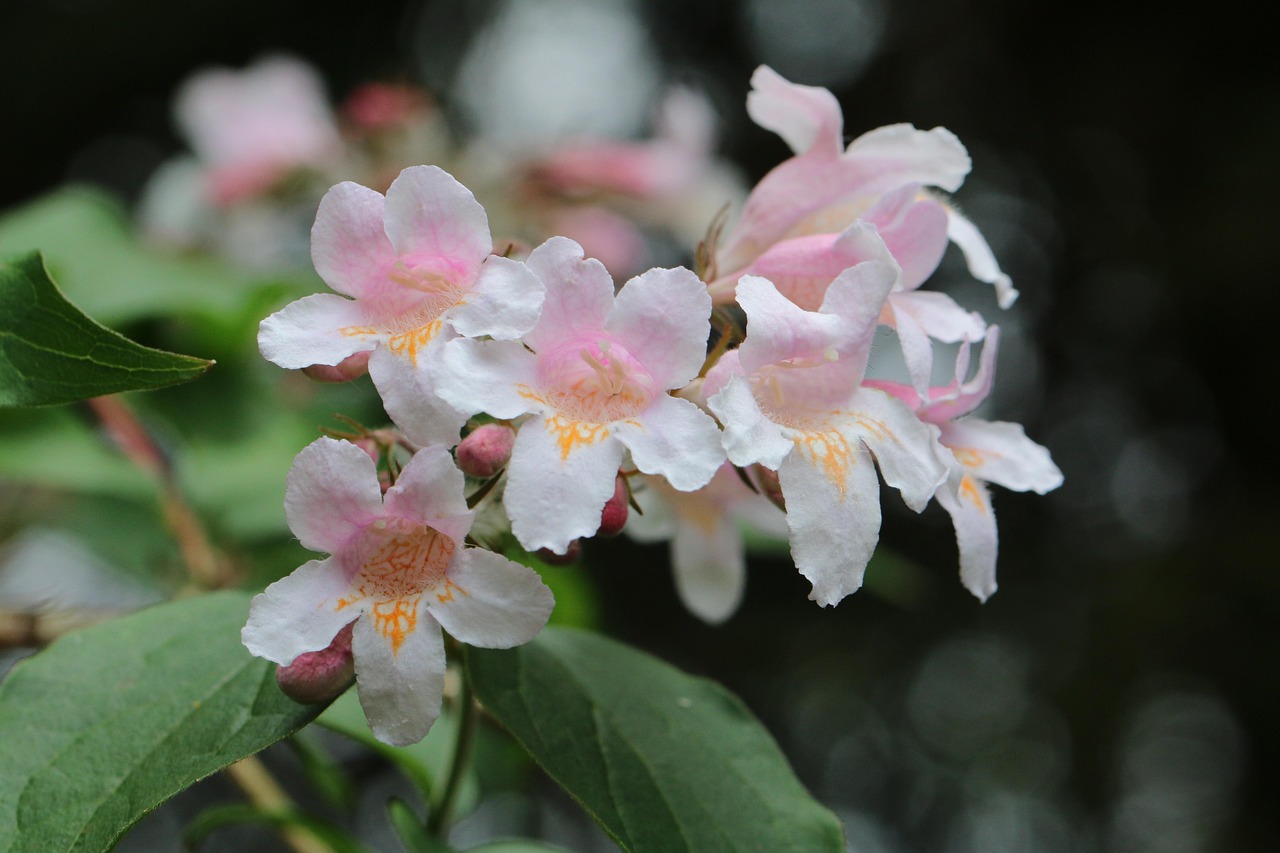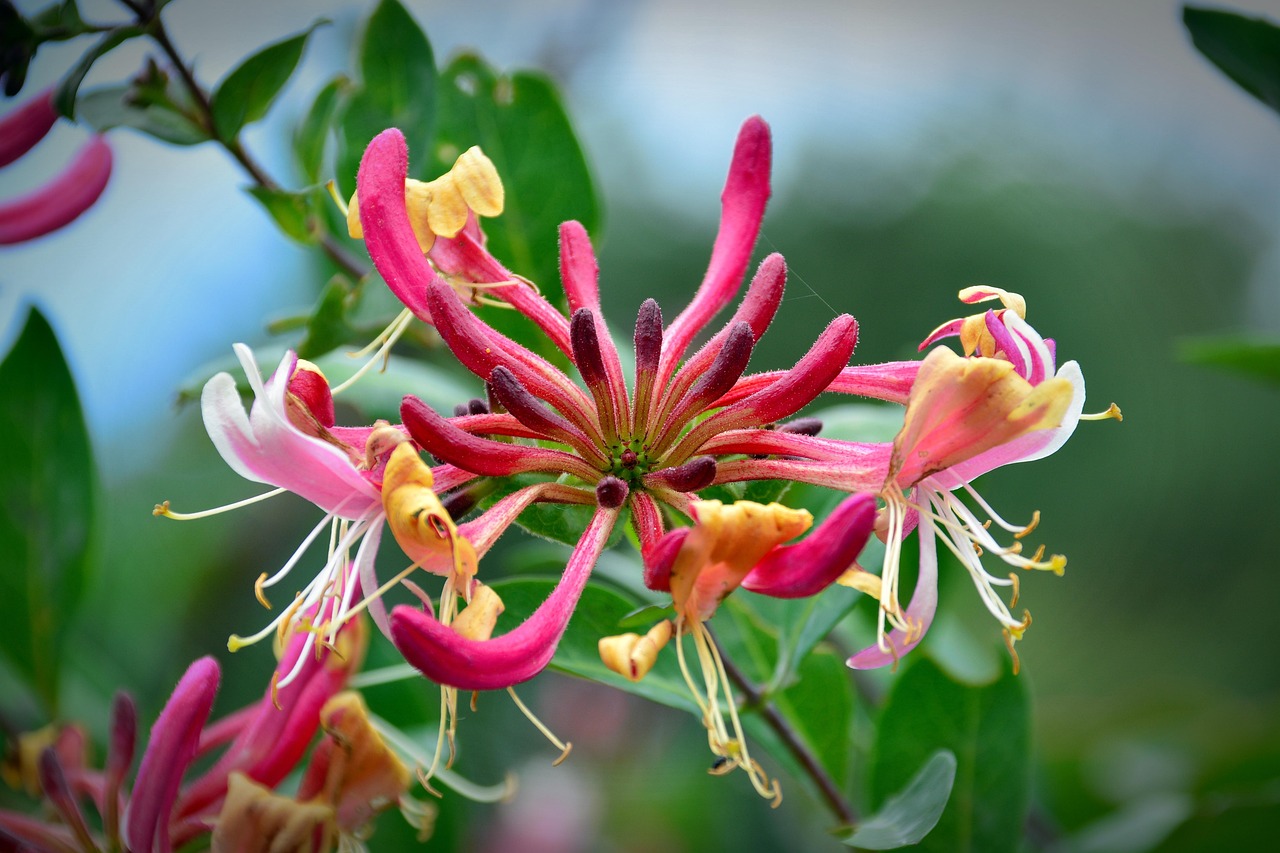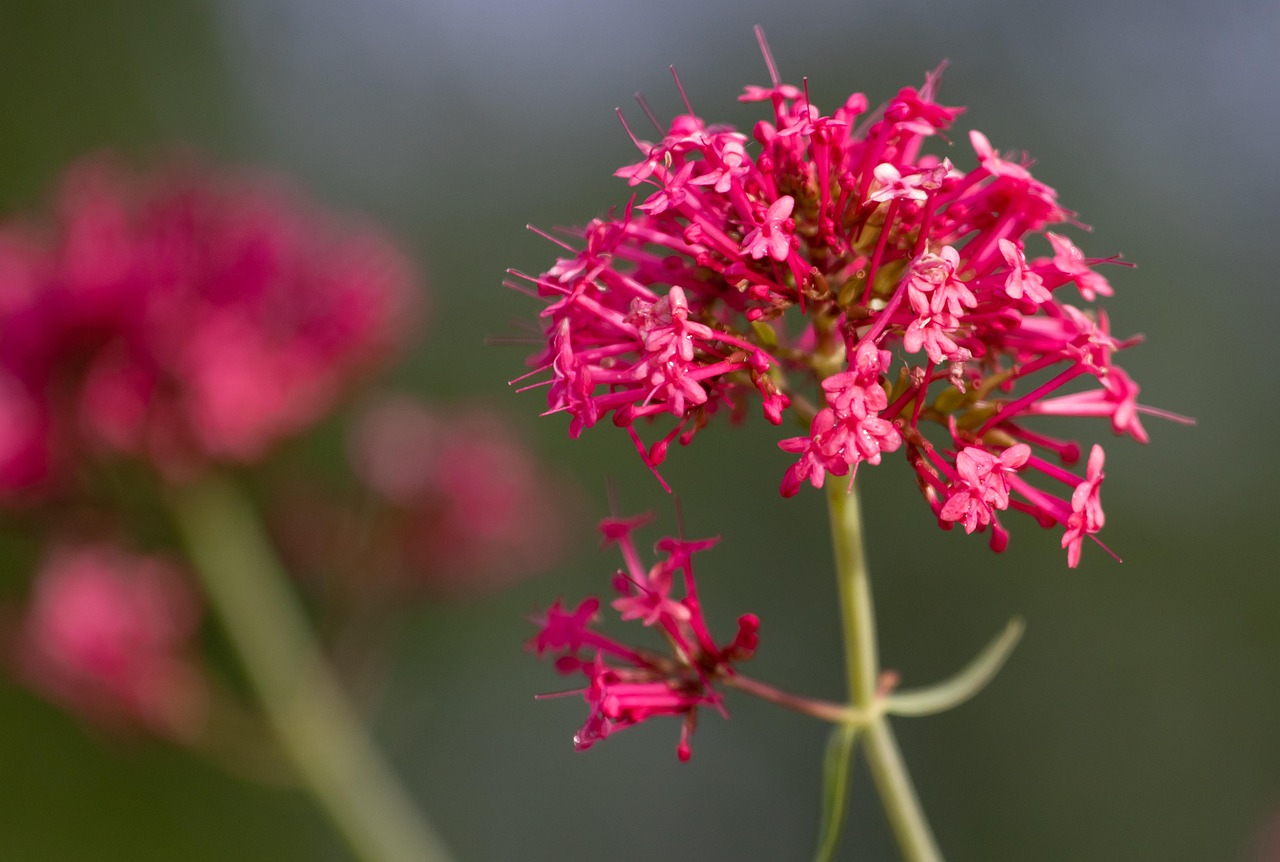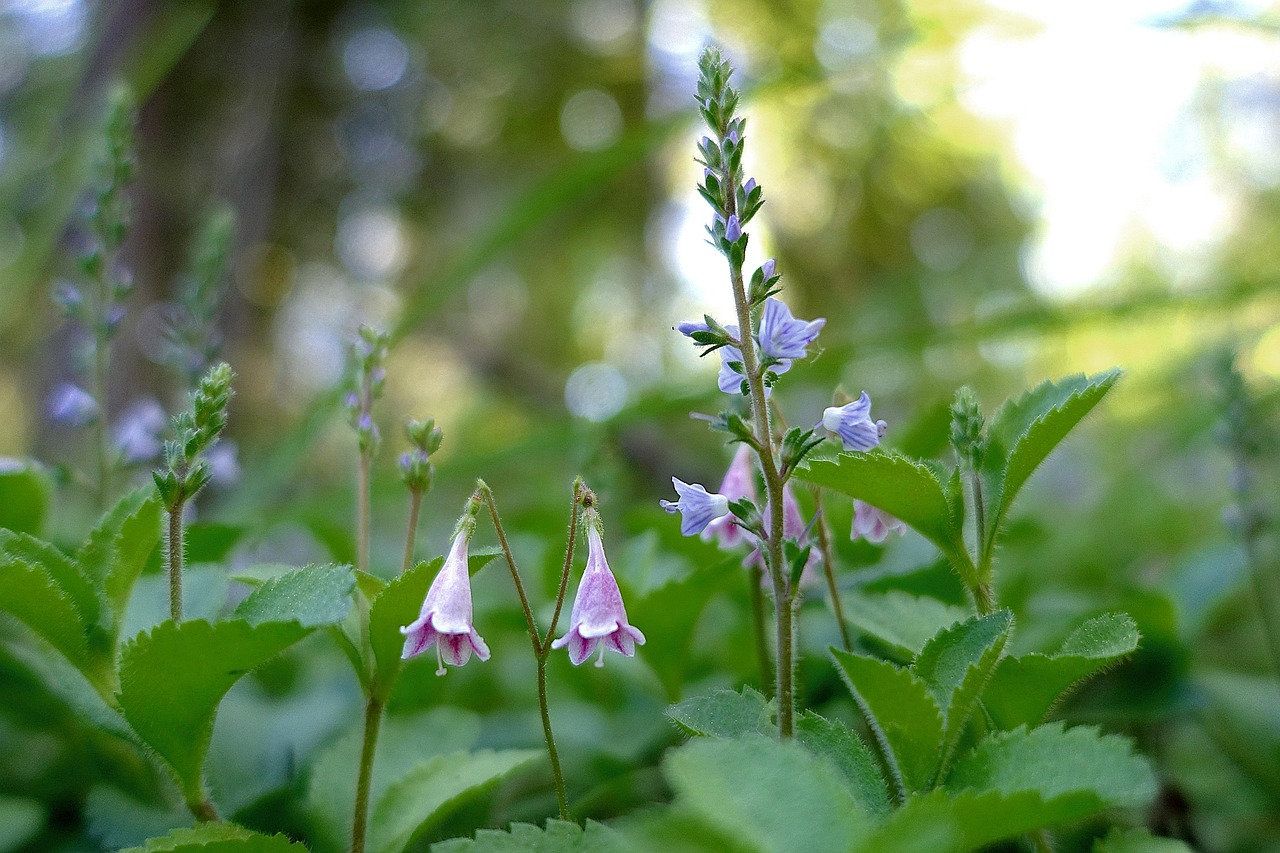Knautia | A Wildflower That Colors the European Landscape
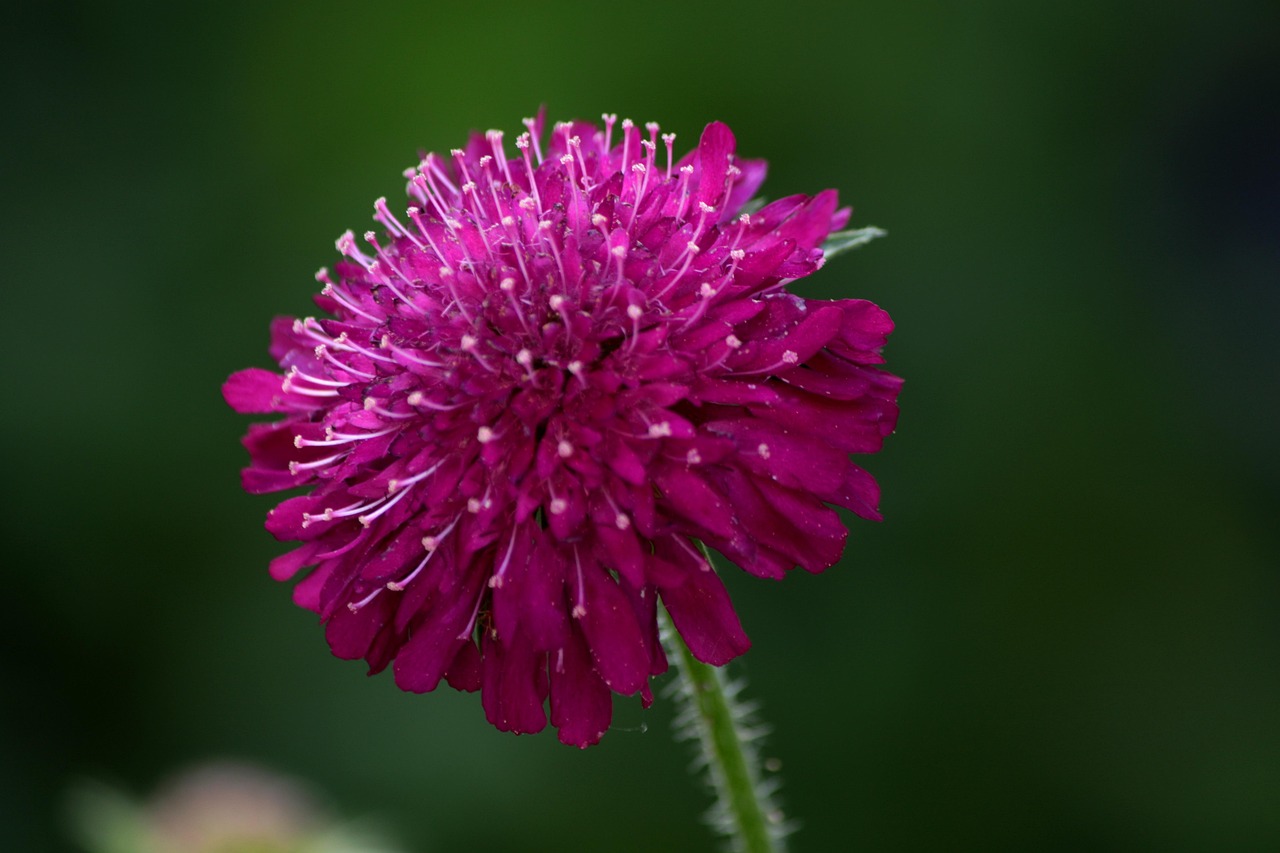
Knautia is a perennial plant that produces soft, rounded flowers, making it ideal for natural-style gardens and meadows.
Its elegant appearance swaying in the wind is captivating, and since it attracts a wide range of insects, it is well-suited for creating gardens in harmony with nature.
In this article, I will provide detailed information about Knautia, including its basic characteristics, cultural and historical background, and tips for cultivation.
Basic Information
- Scientific name: Knautia spp.
- Family: Caprifoliaceae
- Origin: Europe, Western Asia
- Appearance: Flowers bloom at the end of slender stems, rounded in form, with colors ranging from reddish purple and pink to violet-blue and white. The delicate petals cluster together to form a spherical shape.
- Blooming period: From early summer through autumn, offering a long season of enjoyment.
Cultural Significance Around the World
Knautia is cherished as a plant that spreads across meadows and fields, especially in Europe, and is regarded as a flower that helps create natural landscapes.
In the United Kingdom, it is an essential wildflower for gardens and is especially valued for attracting butterflies and bees.
In Germany and Switzerland, it is recognized as a wildflower blending seamlessly into Alpine scenery, often planted in flower fields and herb gardens.
In Sweden and other Nordic countries, it is used in Midsummer celebrations and incorporated into traditional flower crowns.
In Eastern Europe, the sight of Knautia blooming in the mountains has long been admired, and the flower frequently appears in poems and folk songs as a symbol of natural beauty. Its rustic charm has made it an important element in rural landscapes.
Historical Background
The name “Knautia” was given in honor of Christoph Knaut, a German botanist of the 17th century.
Knaut studied plant classification and contributed to the development of botany at the time. The distinctive shape and qualities of this flower drew attention in his research, and the name was later established as its scientific designation.
Knautia was also cultivated in medieval European gardens, including monastery gardens, where monks observed plant characteristics and managed varieties.
By the 19th century, British horticultural enthusiasts began breeding new varieties, resulting in the beautiful flower forms seen today.
Across European gardens, Knautia became valued for its natural elegance and was widely planted as a flower that evokes a romantic atmosphere.
Gardening Advice

To grow Knautia successfully and enjoy its charm, I recommend the following points:
Sunlight
Prefers sunny locations. It can tolerate partial shade, though flowering may be reduced.
Watering
Moderately drought-tolerant. Water when the soil surface is dry, avoiding excessive moisture.
Soil
Well-drained soil is ideal. Sandy soil or loam enriched with compost works well.
Fertilizer
Minimal fertilizer is sufficient. If growth is slow, apply a small amount of slow-release fertilizer in spring and early summer.
Pruning
Remove faded flowers regularly to encourage continuous blooming. Cut back at ground level in autumn to promote healthy growth the following year.
Cold Hardiness
Hardy in winter. While the aboveground parts wither, new shoots emerge in spring. It tolerates frost, making outdoor overwintering possible even in cold regions.
Conclusion
Knautia produces graceful flowers that blend naturally into landscapes and has been cherished in Europe for centuries.
In Germany and Switzerland, it enriches Alpine meadows, in the Nordic countries it decorates Midsummer festivals, and in Eastern Europe it appears in poems and folk songs.
Its history dates back to the 17th-century botanist Christoph Knaut, and it was cultivated in medieval monastery gardens as well.
Easy to care for and perfect for natural gardens, Knautia brings elegance to any corner of the garden, where its flowers can be admired swaying gently in the breeze.


